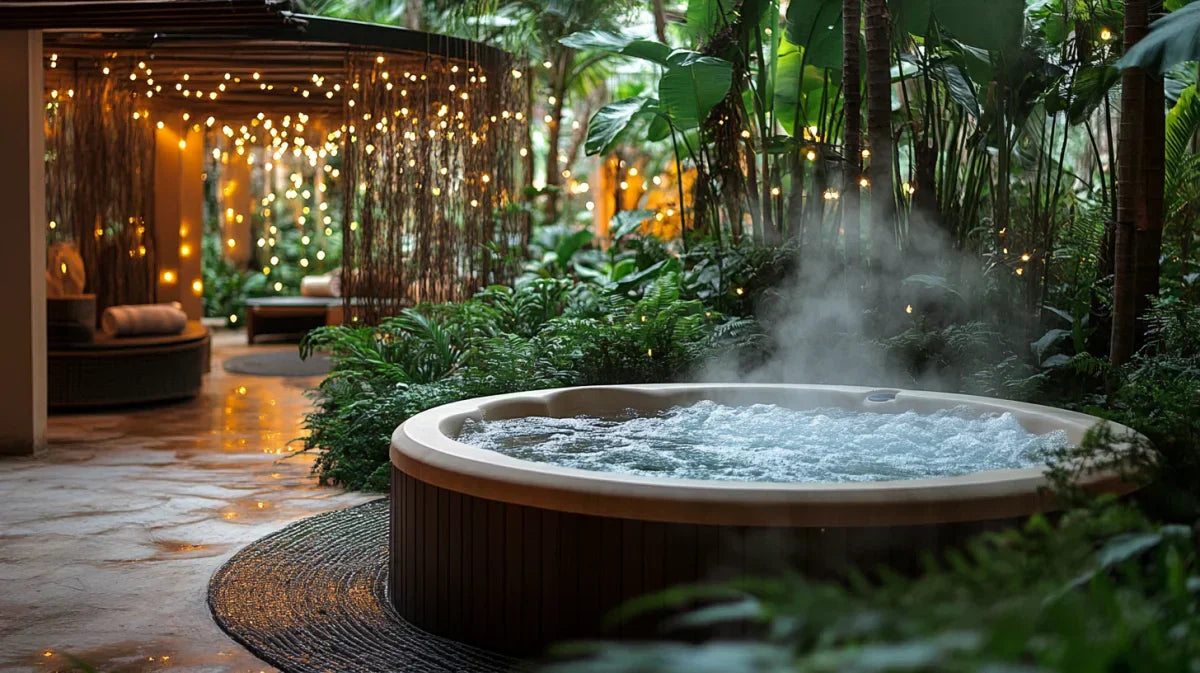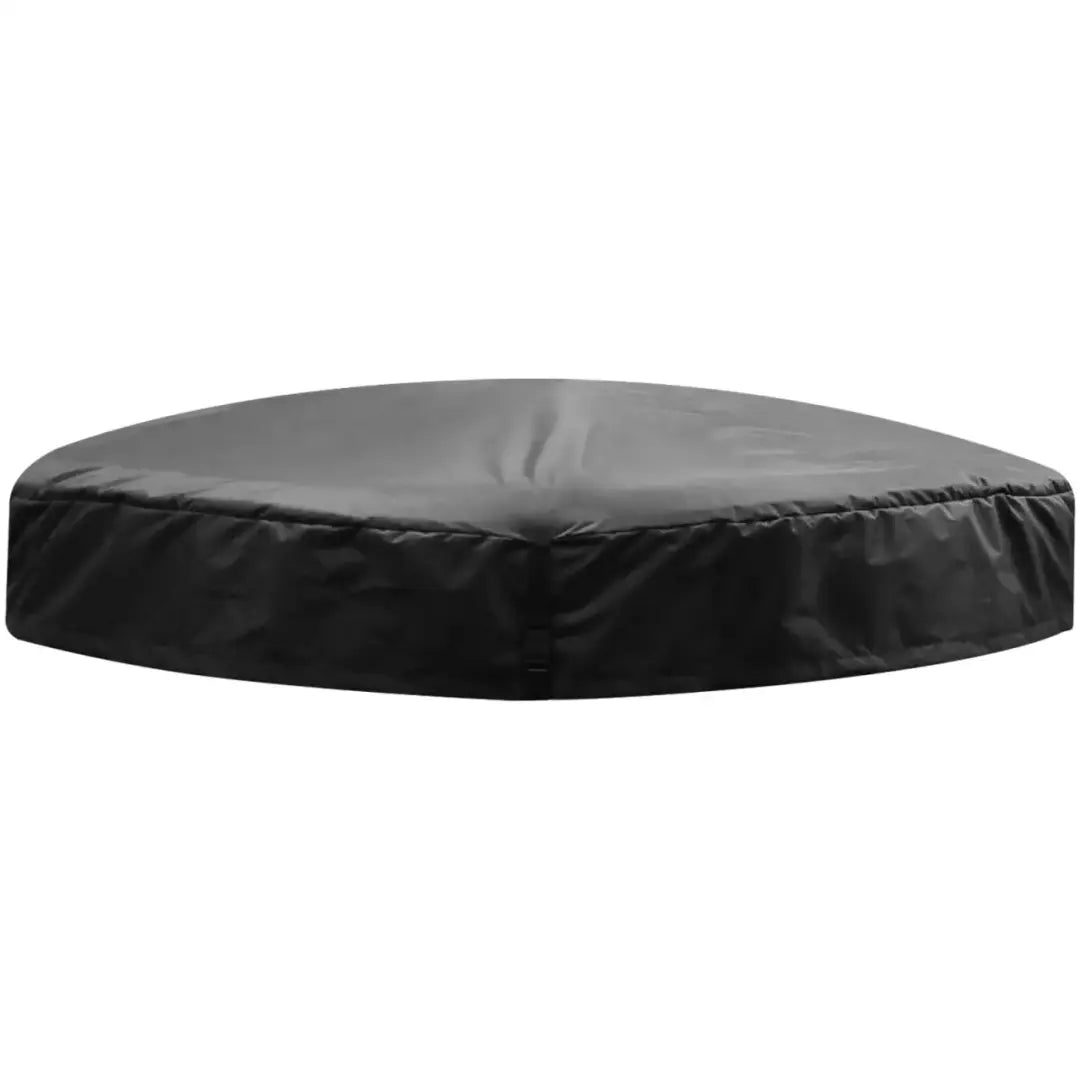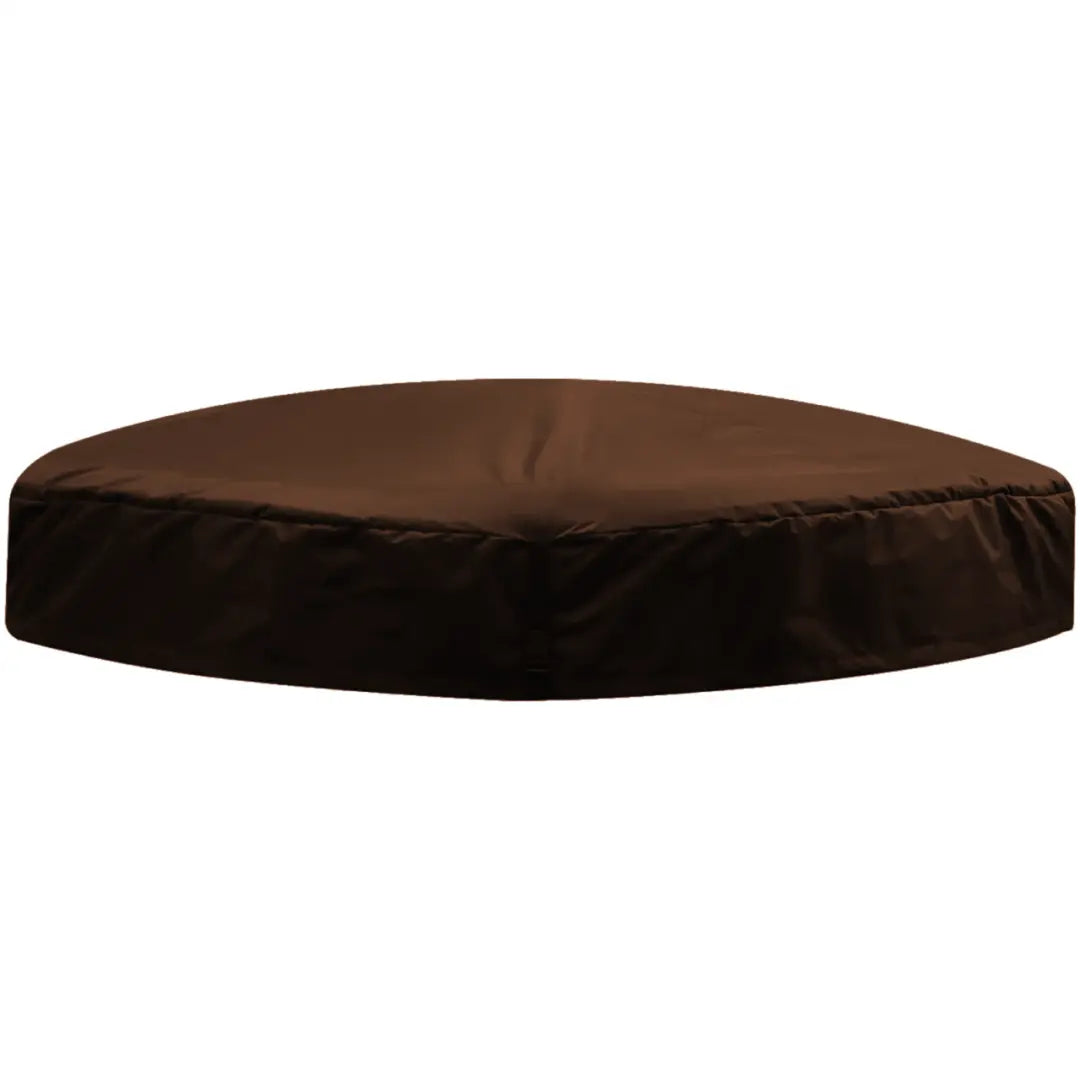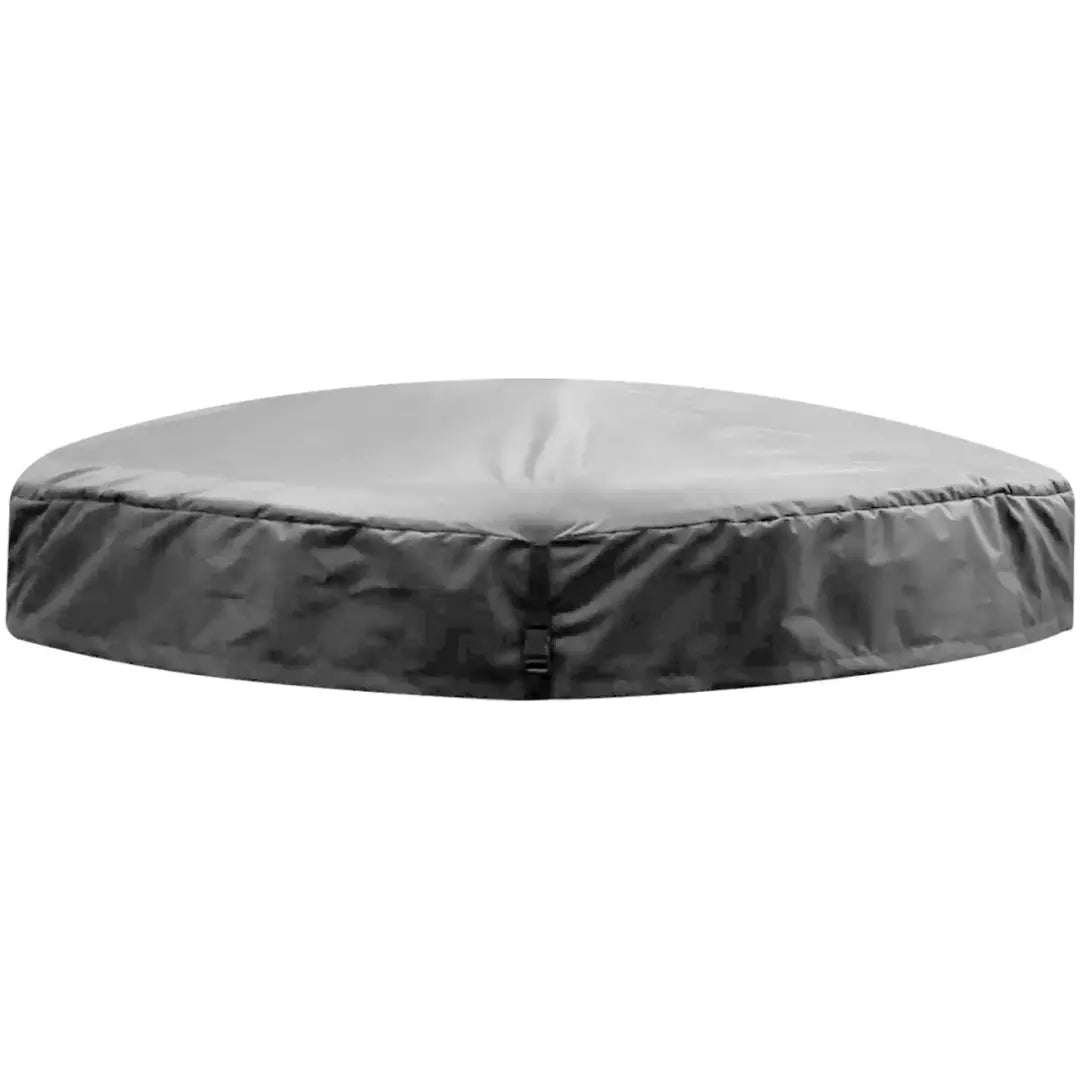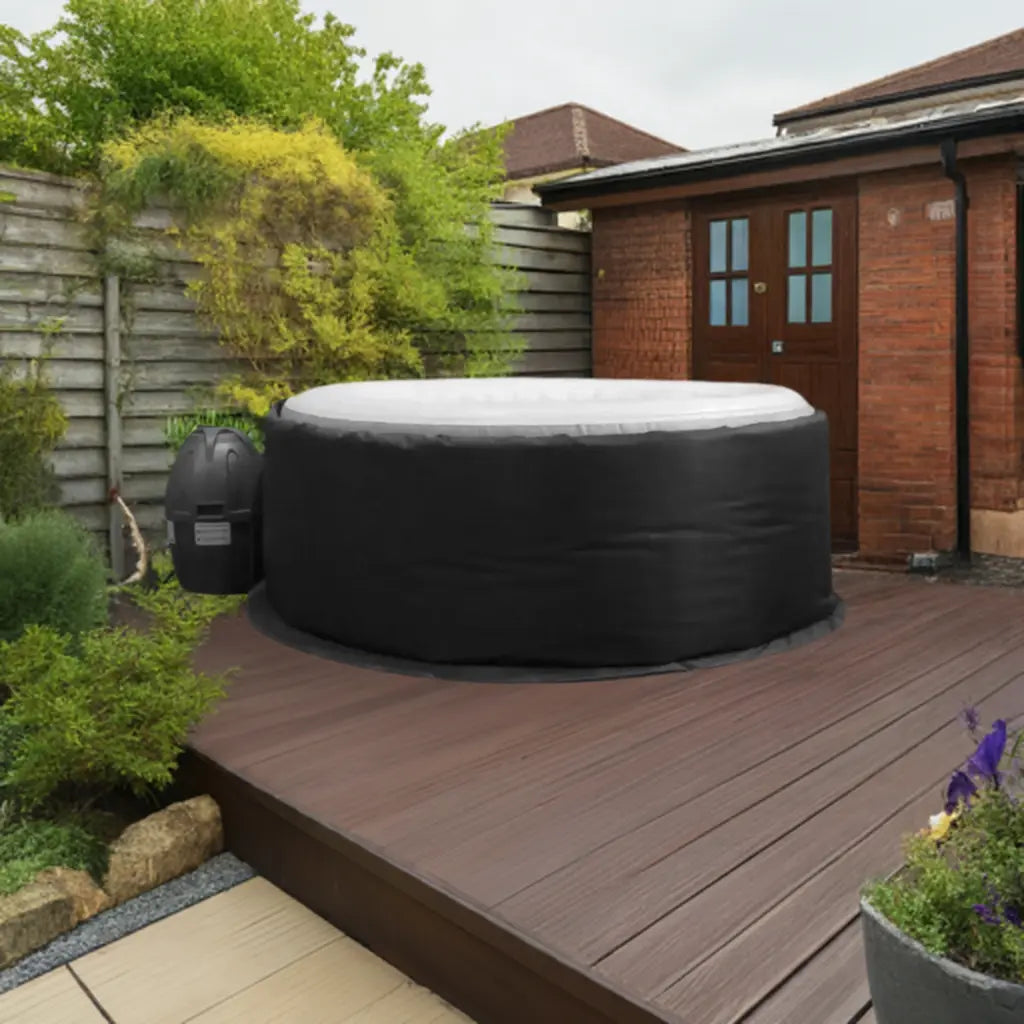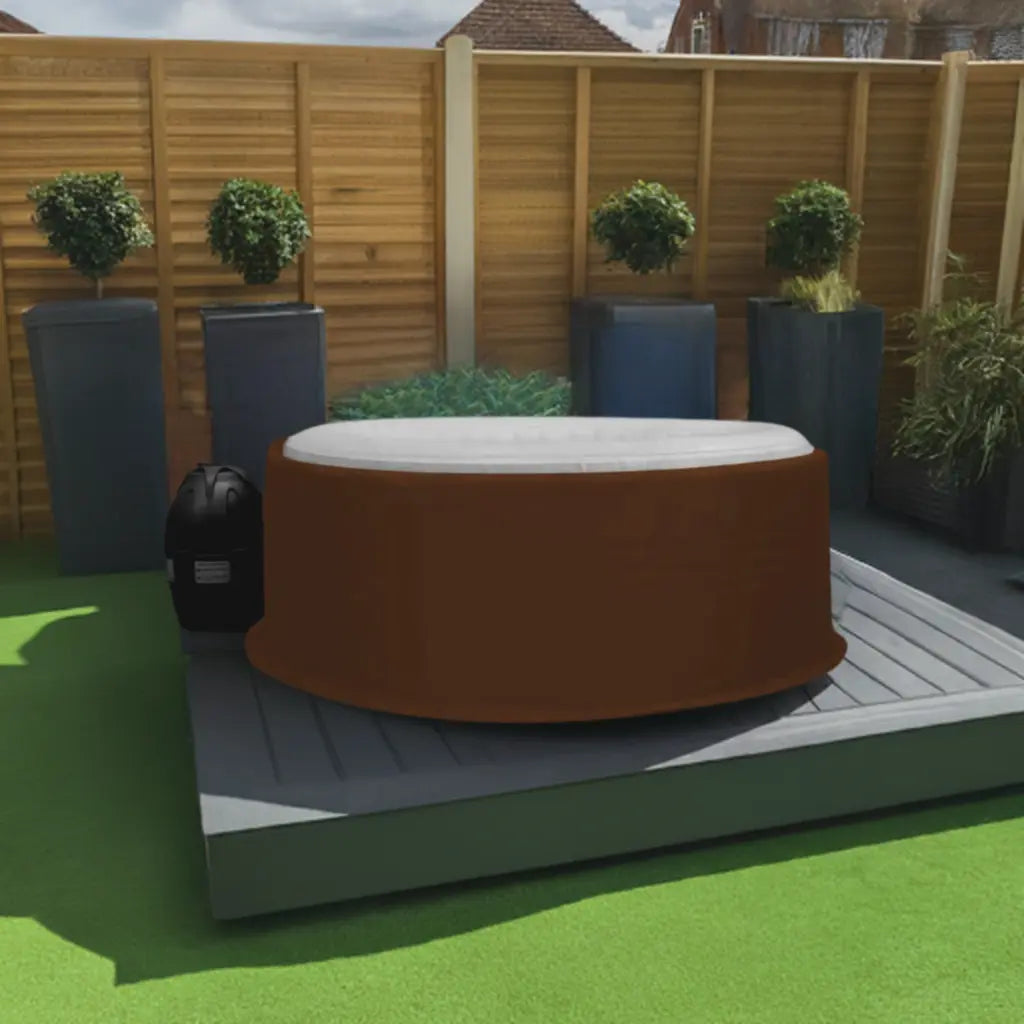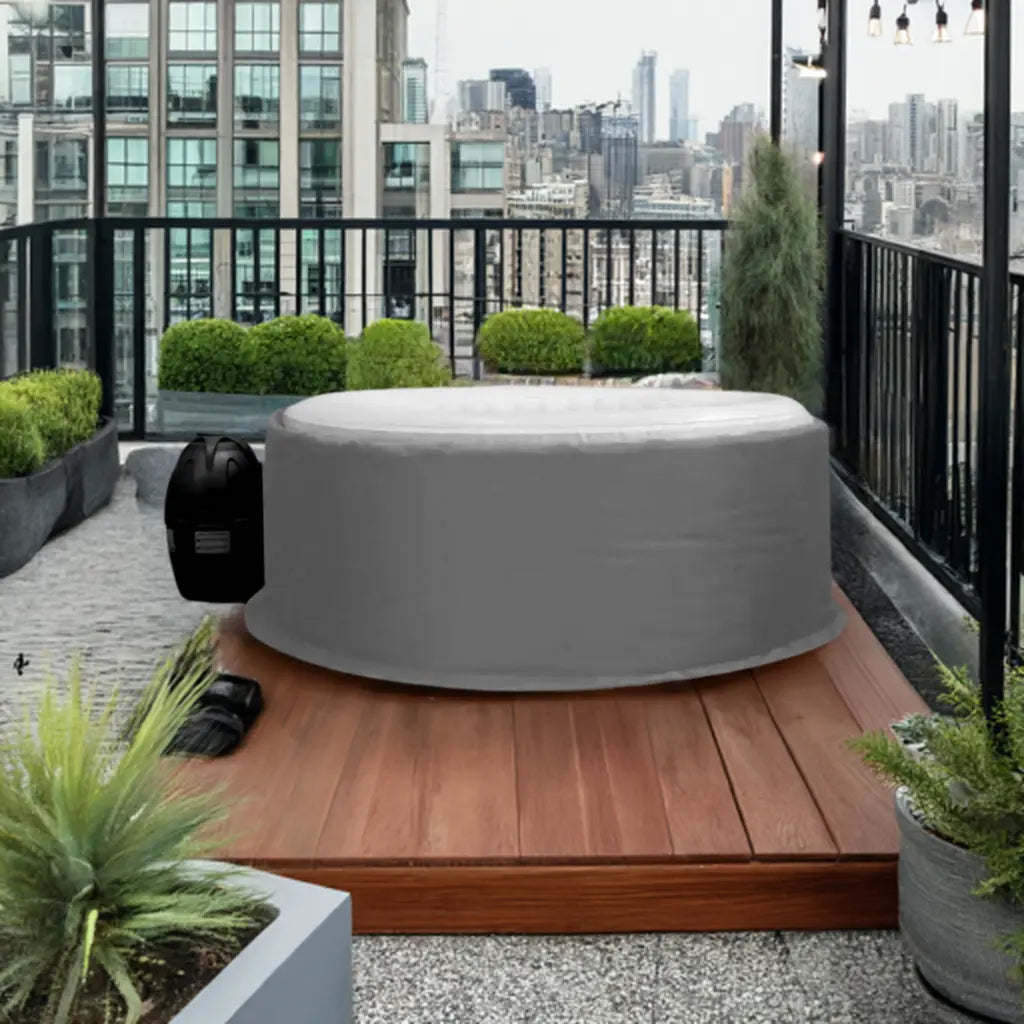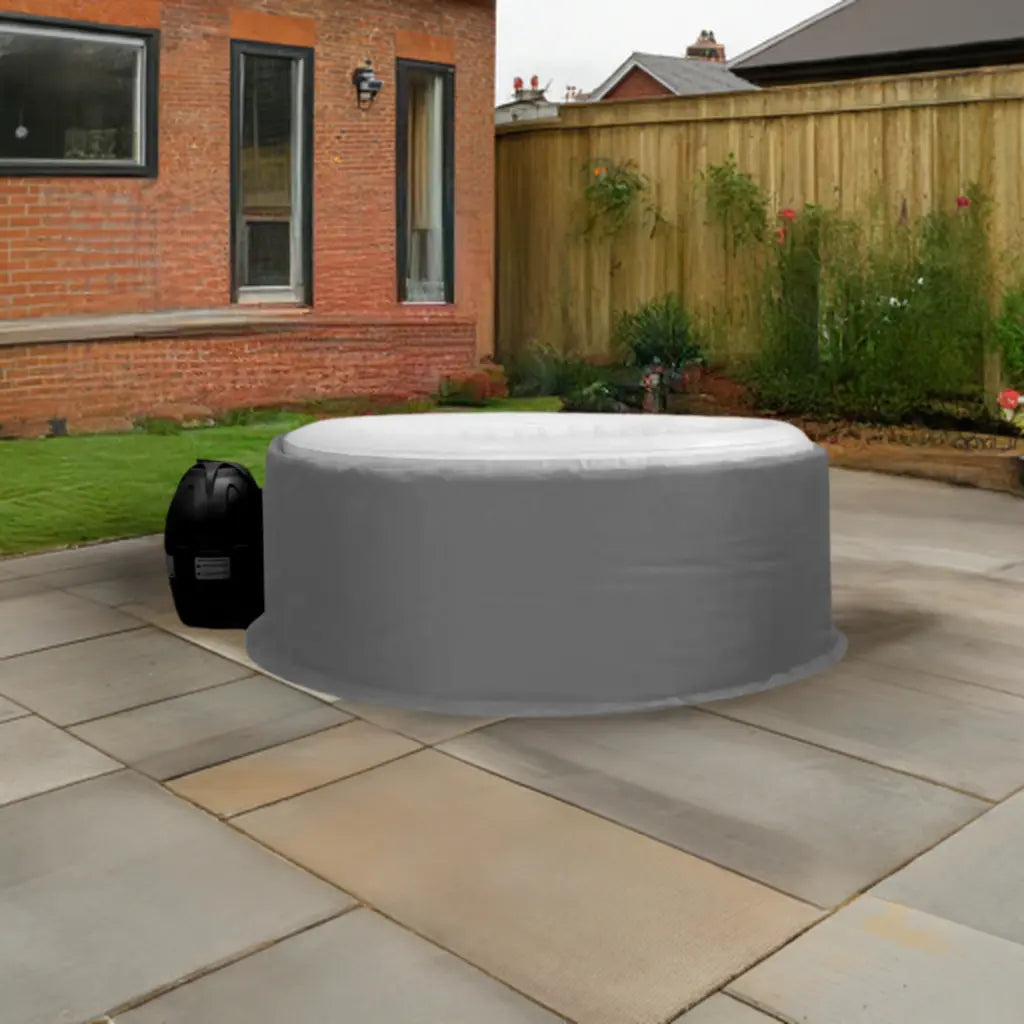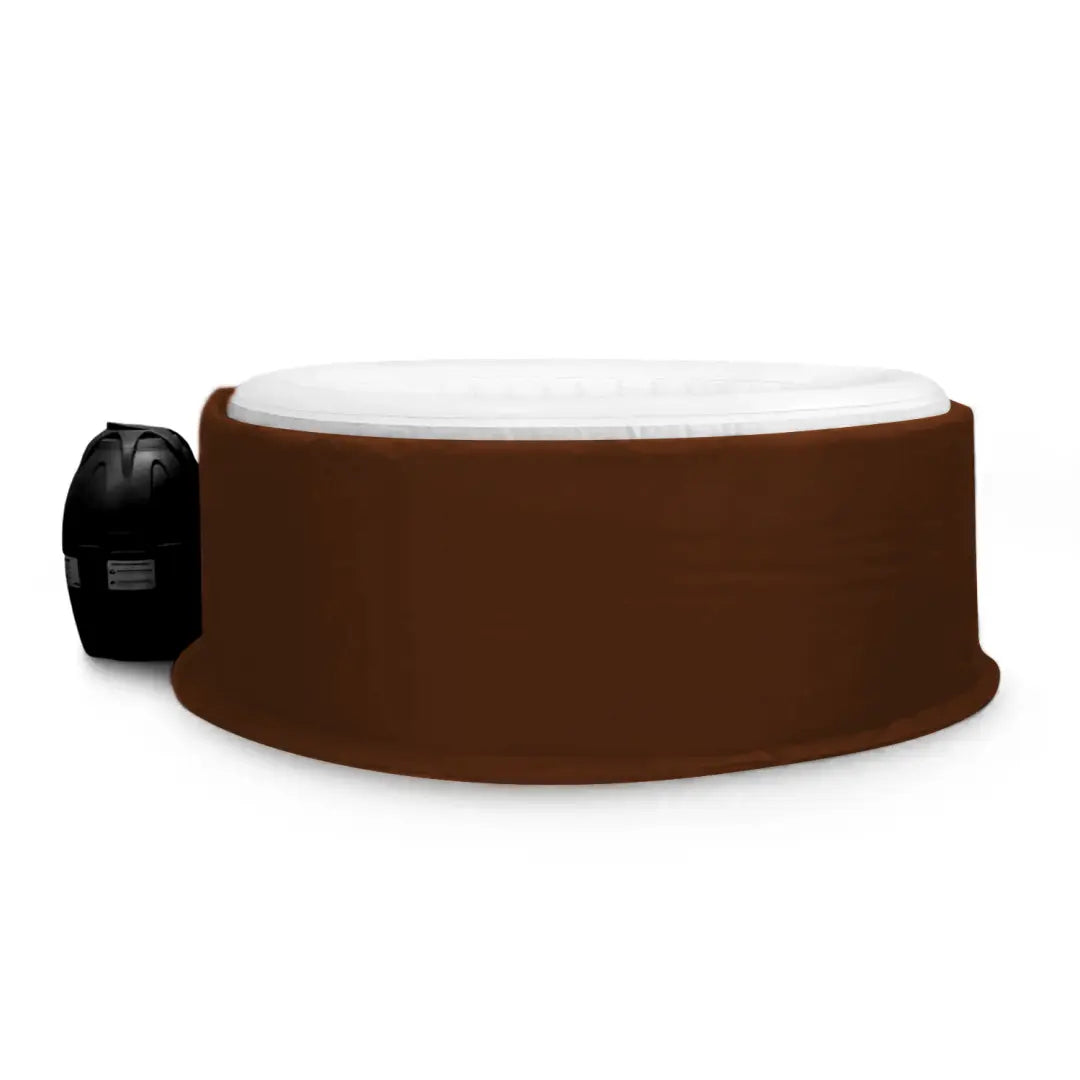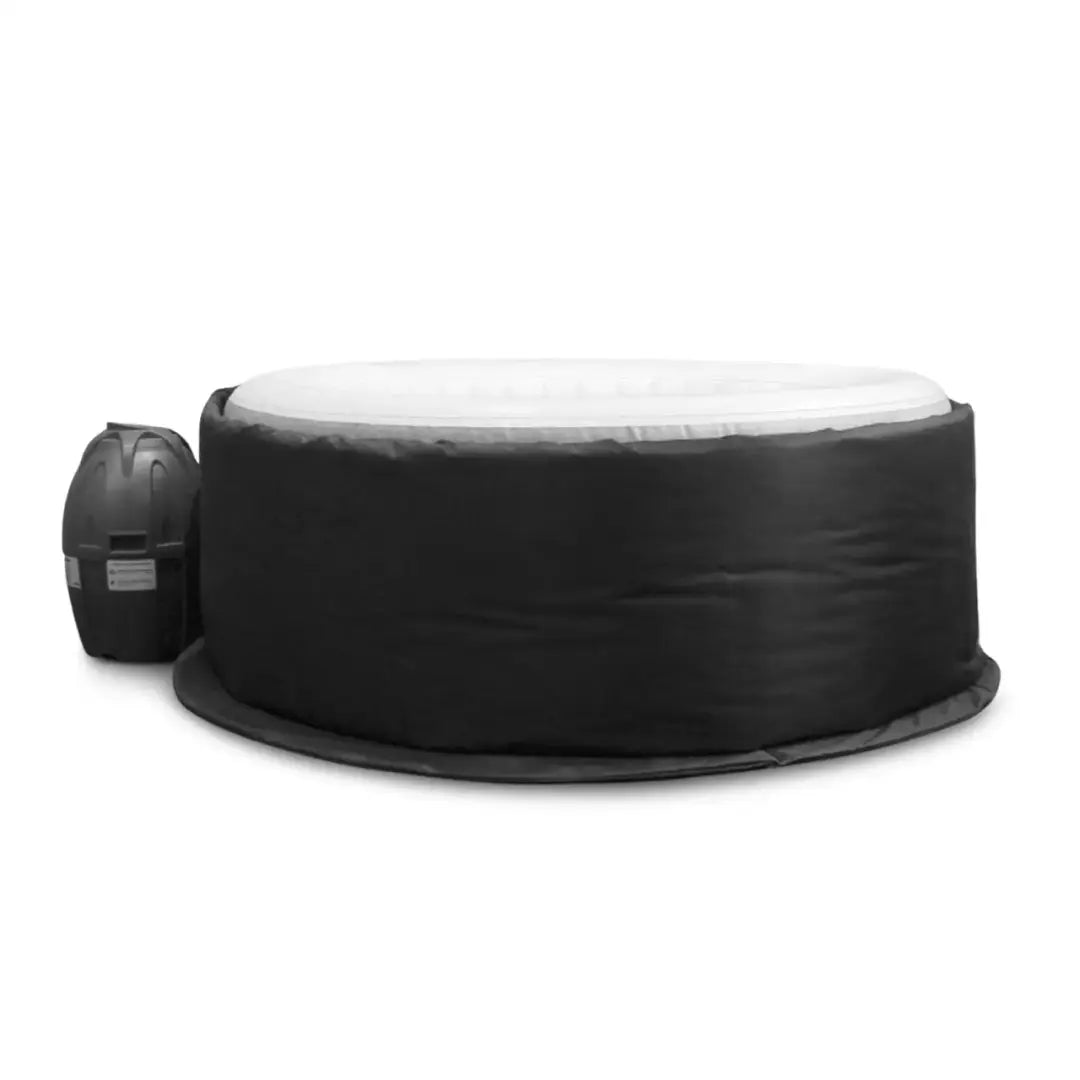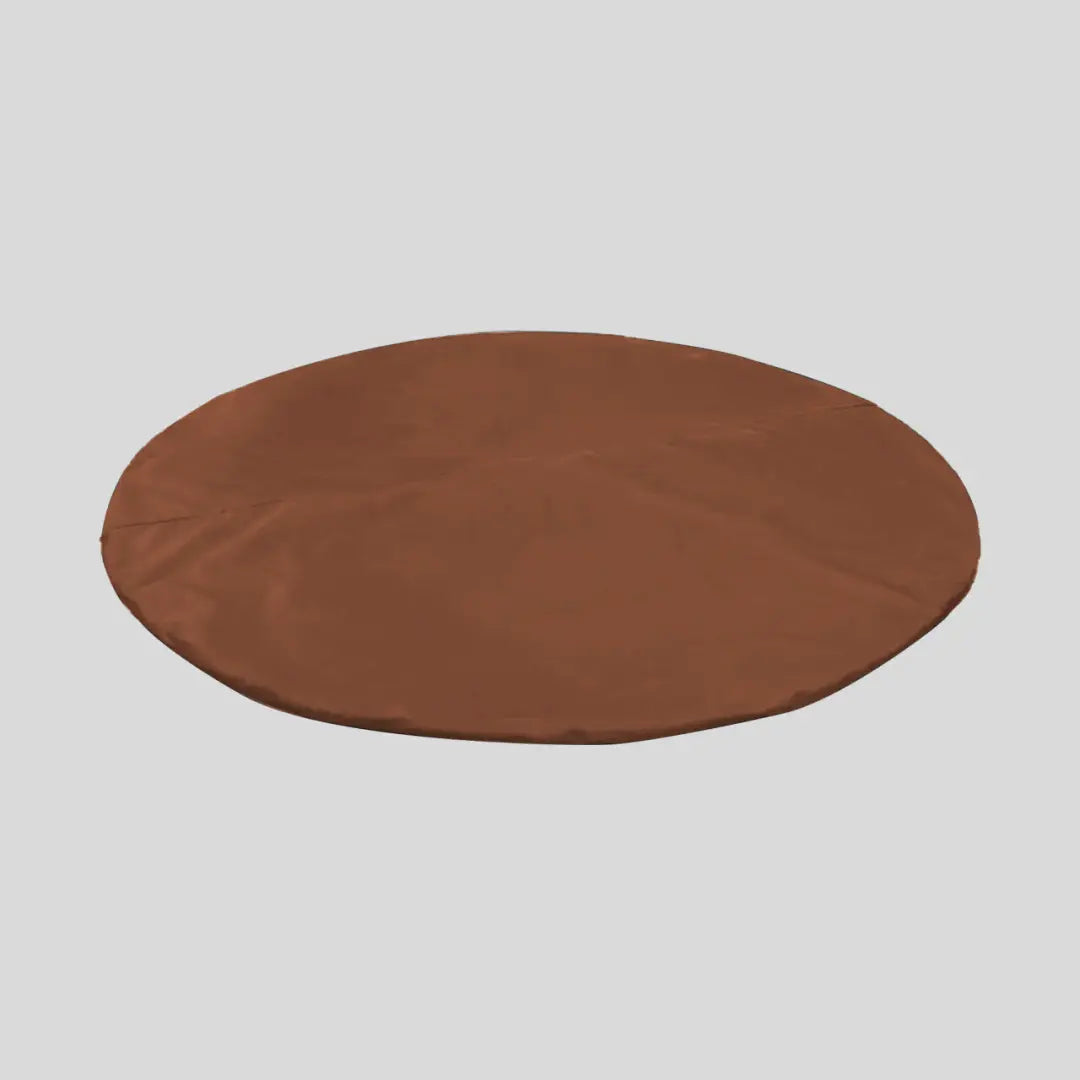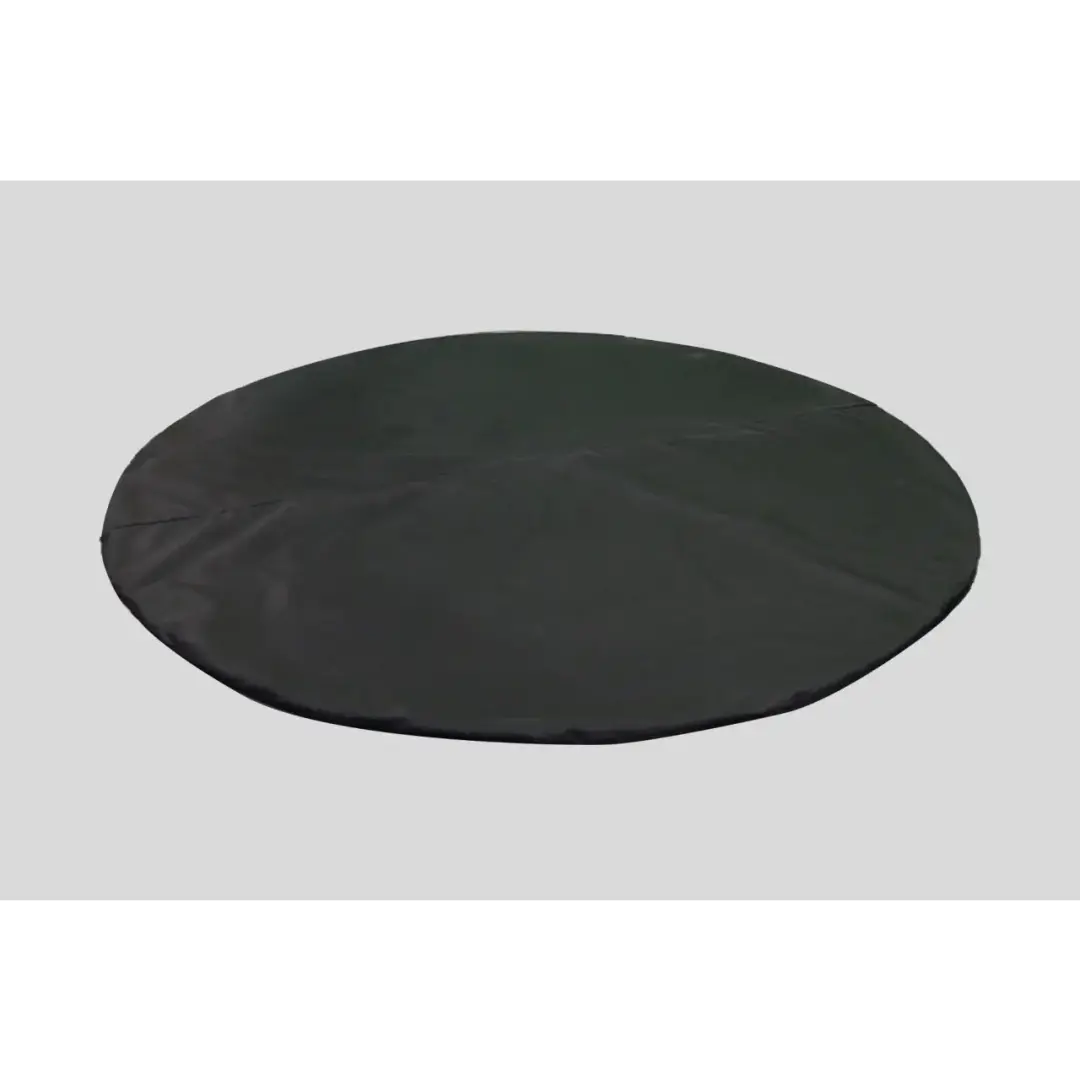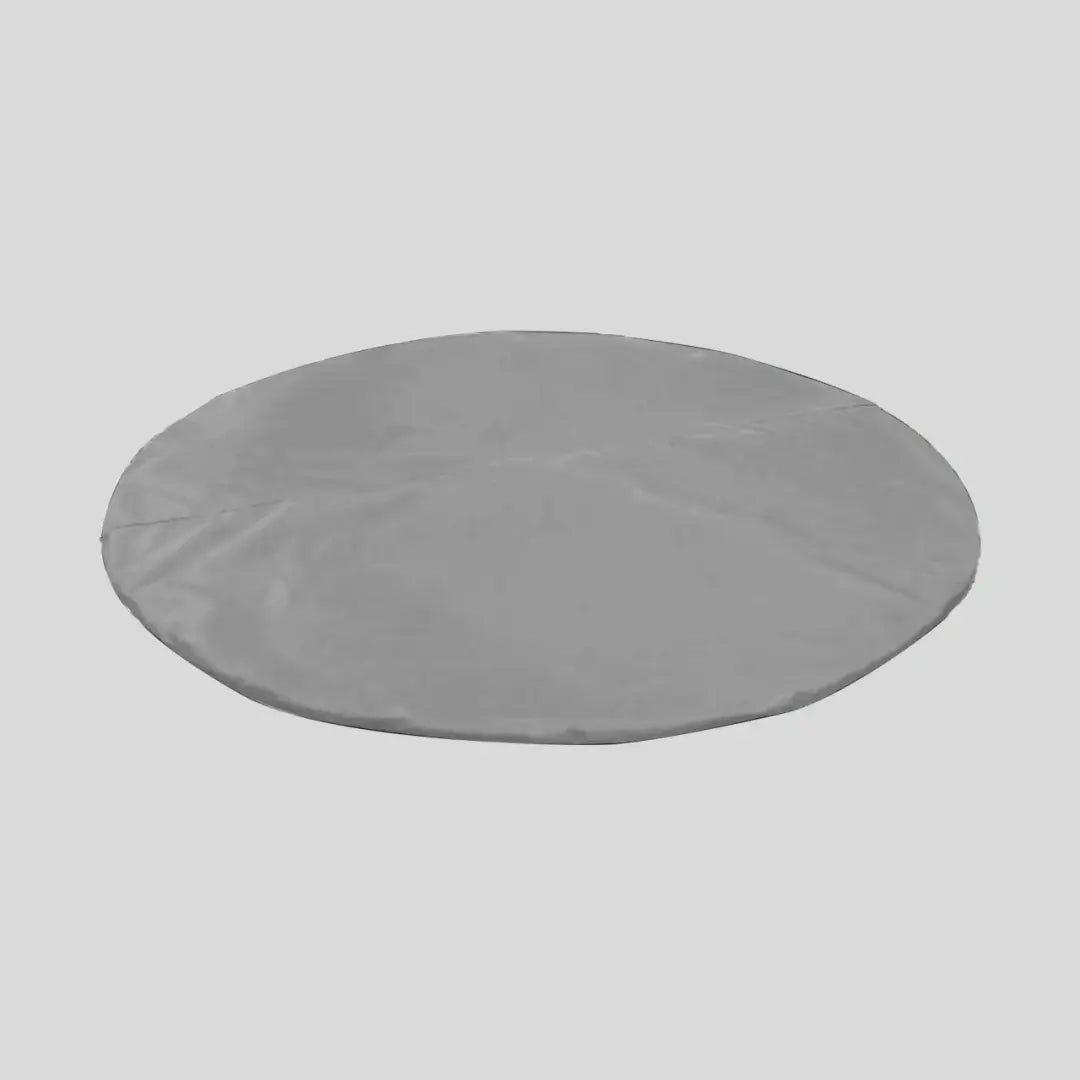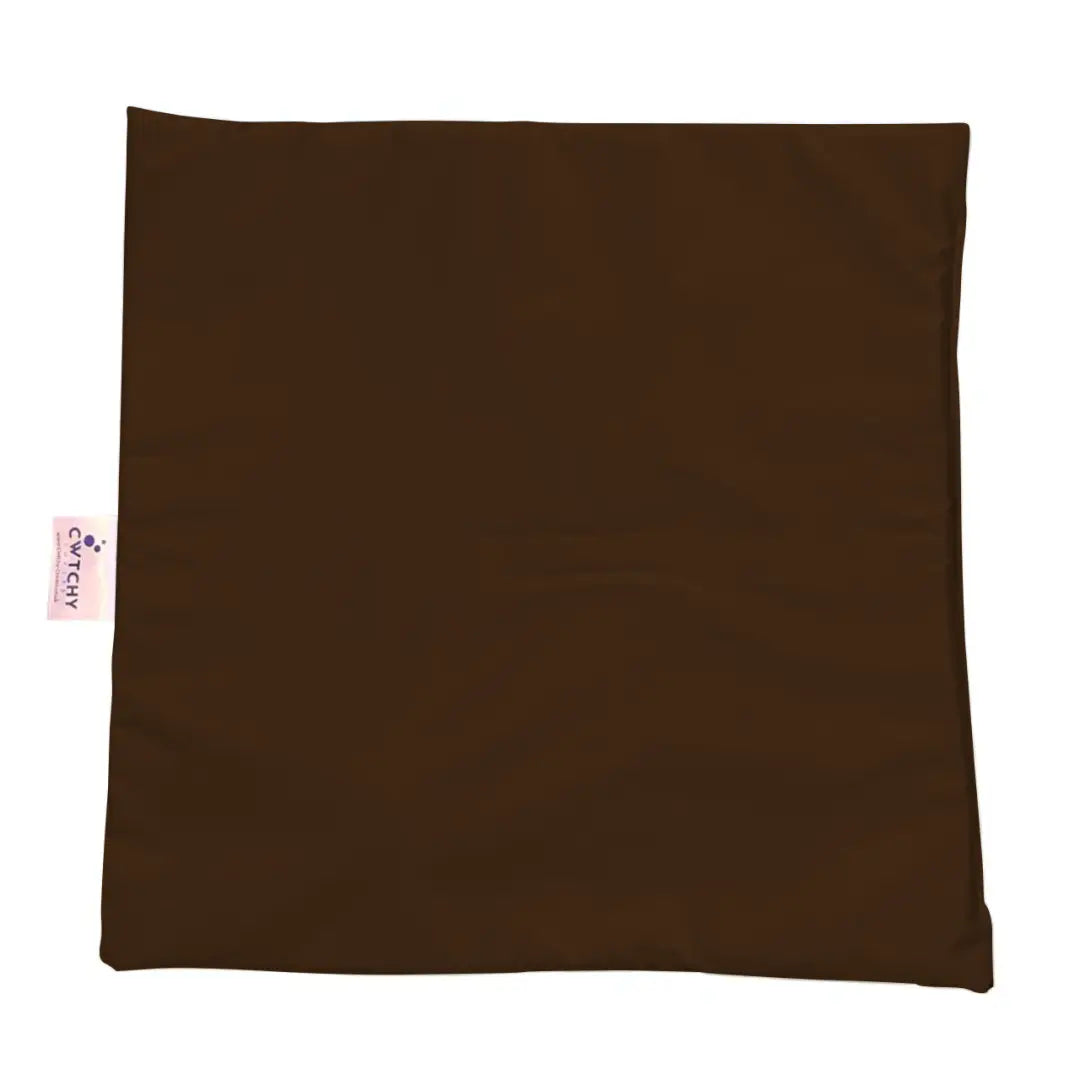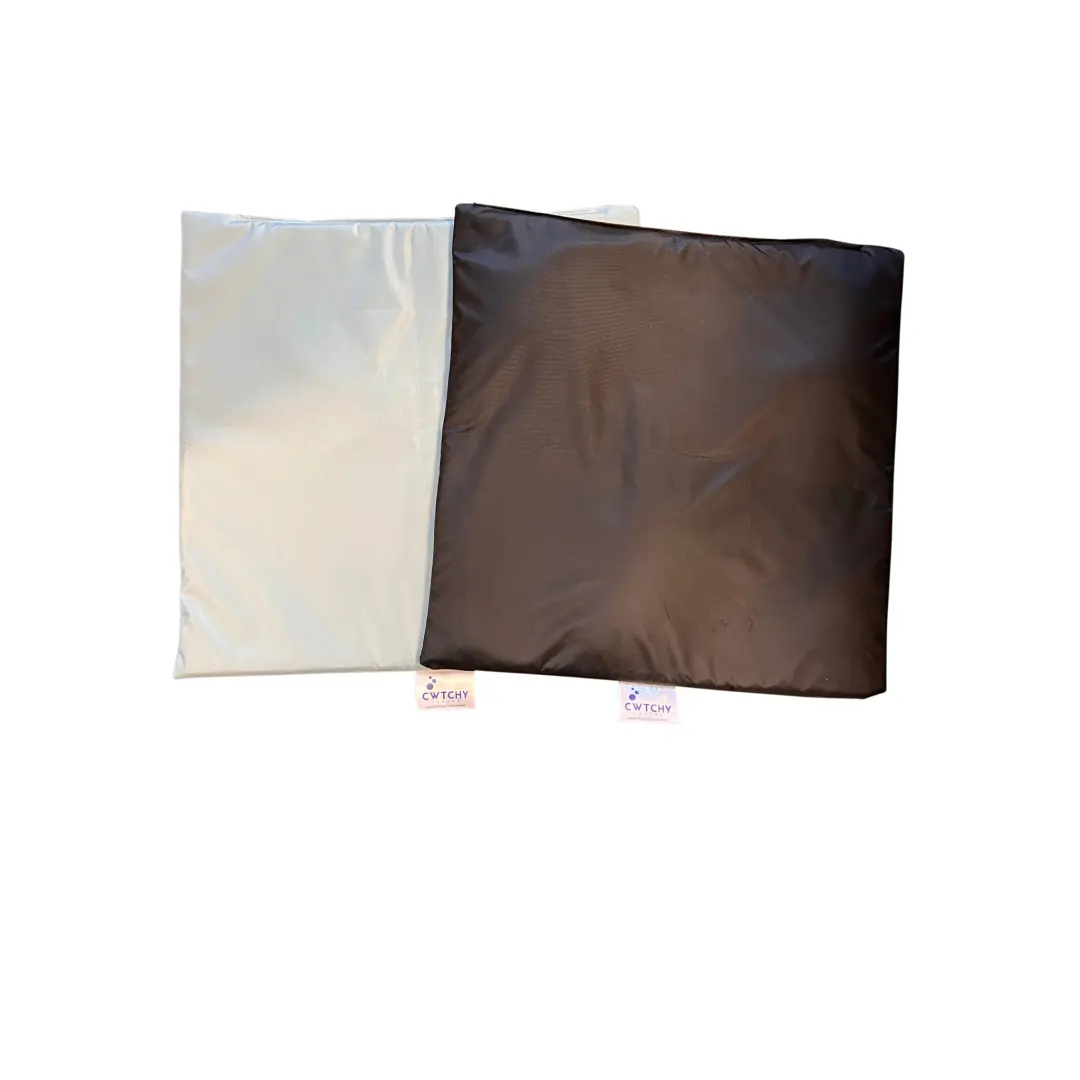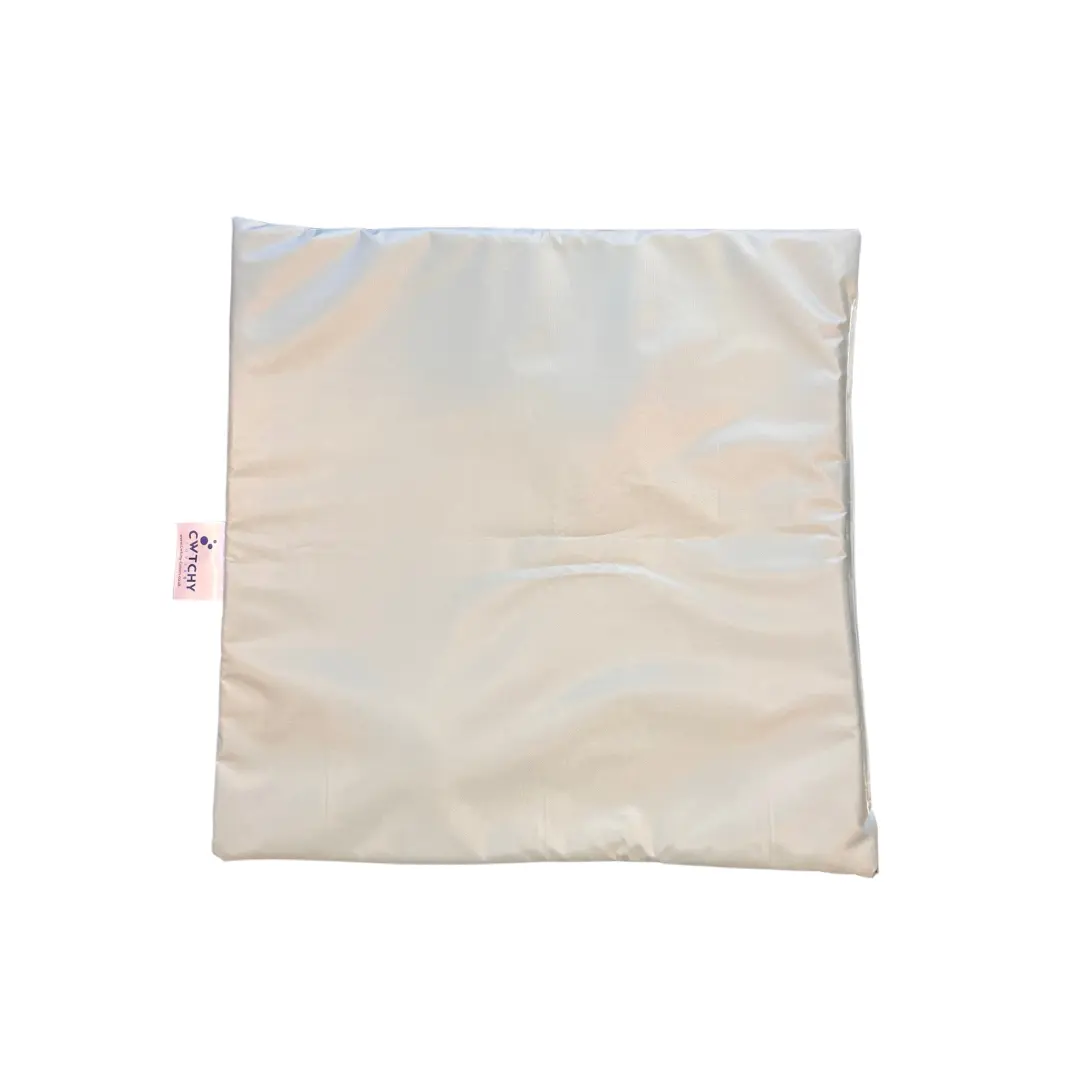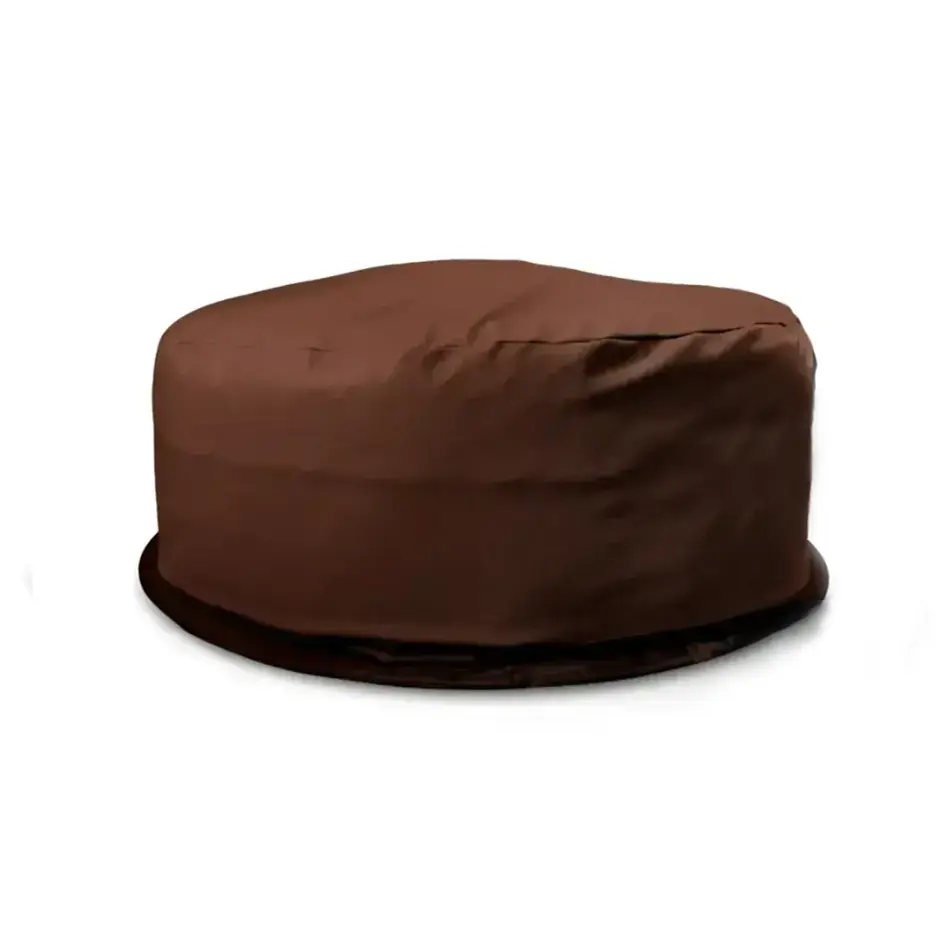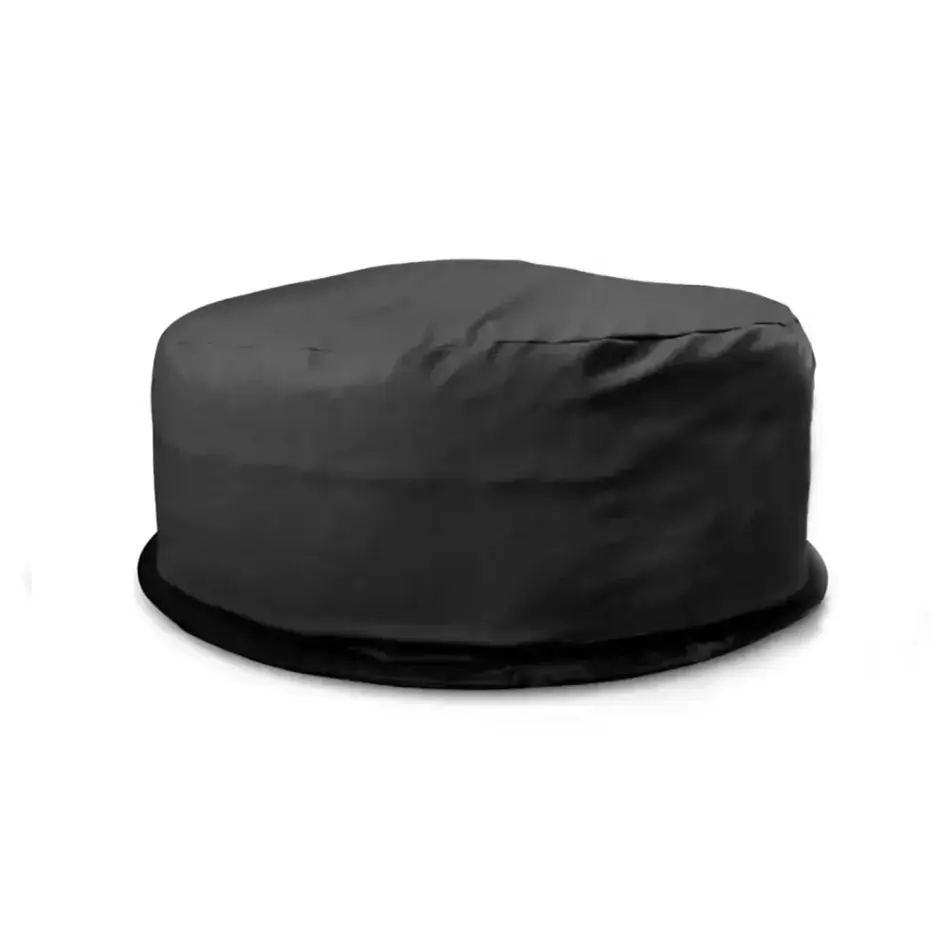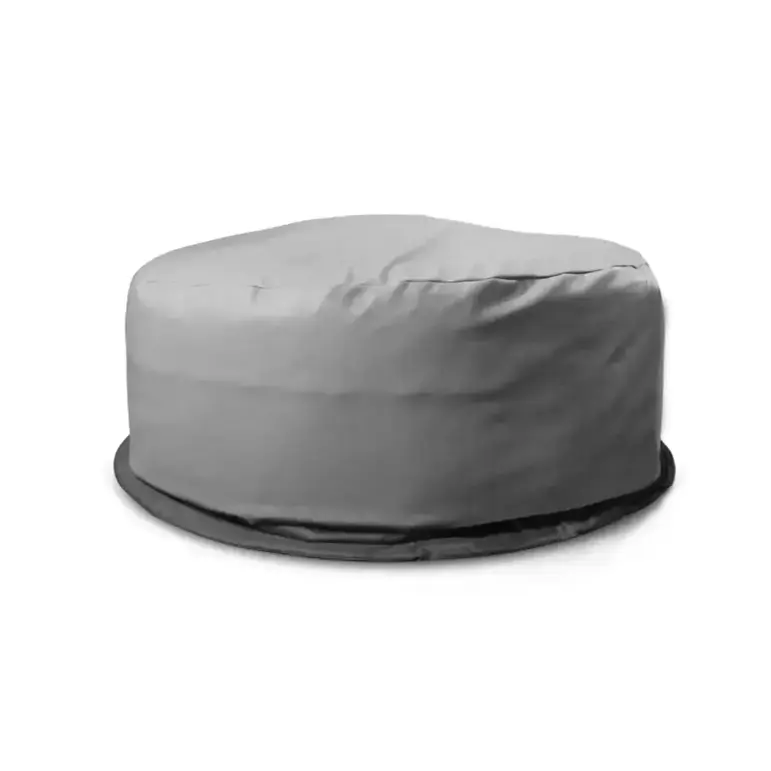Picture this: the soothing hum of water jets and the warm embrace of water as you relax in your inflatable hot tub. The day's stress melts away, like steam into the night. But, this calm moment depends on something vital: the pure water around you. Echoing Benjamin Franklin's words, “When the well is dry, we know the worth of water.” In a similar way, we realise the importance of water quality when we long for a dip in our little oasis. Keeping the water in your inflatable hot tub clear is crucial. It guards our health and the longevity of our favourite place to unwind.
Enjoying your inflatable hot tub, whether it's a weekend treat or a daily habit, is best when you know it's clean and safe. Caring for the water in portable hot tubs is not just a task, it's part of the joy of having one. By following the right tips for inflatable hot tub upkeep, you can keep your spa spotless and inviting any time.
Key Takeaways
- Understanding key inflatable hot tub maintenance tips ensures a safe, relaxing spa experience.
- Employing regular water treatment for portable hot tubs is critical for health and longevity purposes.
- Striked-through textMaintaining water quality in an inflatable hot tub enhances your enjoyment and the unit's durability.
- Simple, consistent care routines can prevent complex problems and ensure water clarity.
- Investing time in learning hot tub maintenance will pay off in uninterrupted relaxation.
Understanding the Basics of Inflatable Hot Tub Maintenance
Learning how to maintain your inflatable hot tub is key to its longevity and enjoyment. Regular care ensures it works well and remains safe. It is crucial to clean regularly, test the water, and look after the equipment for hot tub water maintenance.
To keep your hot tub in top condition, create a regular schedule. Check the water and the hot tub's parts condition. This includes daily checks of pH levels and weekly checks of the filtration system. Here's a list of important maintenance steps to follow:
- Conduct daily water clarity and odour checks.
- Weekly pH and alkalinity levels testing to ensure comfortable and safe water chemistry.
- Monthly inspections of filters and a thorough cleaning or replacement if necessary.
- Seasonal assessments for potential cracks, leaks, and wear on the inflatable structure.
By sticking to these tasks, you'll get a good grip on understanding inflatable hot tub maintenance needs. This approach helps avoid problems. It's also good for the environment, saving water and reducing chemical use.
| Maintenance Activity | Frequency | Benefits |
|---|---|---|
| Water clarity and odour check | Daily | Early detection of contaminants |
| Chemical balance testing | Weekly | Prevents skin irritation and structural damage |
| Filter inspection | Monthly | Ensures efficient filtration and reduces strain on the pump |
| Structural examination | Seasonally | Identifies wear and tear, extending the life span of the tub |
Weather and how often you use the hot tub affect maintenance. You might need to adjust your care routine accordingly, especially during busy or extreme weather times.
Keeping a log of your maintenance activity is a smart idea. It ensures you stay on top of everything and helps with troubleshooting issues.
Understanding and committing to inflatable hot tub maintenance means ensuring the well-being of users and the environment. With these basic steps, your spa will provide clean, enjoyable relaxation for many years.
The Ideal Hot Tub Temperature for Water Quality
Getting the ideal hot tub temperature right is key to a perfect hot tub experience. It ensures both relaxation and cleanliness. The best hot tub water temperature range is between 37°C to 40°C (98°F to 104°F). This keeps bathers comfy and stops bacteria from growing too much.
Adjusting your hot tub's temperature takes more than turning a knob. You need to balance saving energy with keeping the water ideal. If it's too hot, chemical imbalances can happen. Too cold, and it won't feel as nice or stay as clean.
Keeping the temperature within the advised range helps avoid water quality issues and fewer chemical changes.
Here’s how you can look after your hot tub’s temperature:
- Check the thermostat often to make sure it's accurate.
- Get a good thermal cover to keep the heat steady.
- Think about the weather outside as it can affect the hot tub’s heat. Adjust if needed.
- Double-check the temperature with a digital thermometer.
The most important rule for heating your hot tub is to keep it steady. This avoids overworking the system and keeps the water nice.
Watching the temperature of your hot tub is crucial. It’s not just about comfort; it's also about making sure the hot tub lasts a long time and is safe. Here's a table with the ideal temperatures for different situations:
| Condition | Ideal Temperature | Comments |
|---|---|---|
| Typical Usage | 37°C - 38°C (98°F - 100°F) | Good for most people and saves energy |
| Colder Climates | 38°C - 40°C (100°F - 104°F) | Warmer temperatures needed in cold places |
| Therapeutic Needs | 40°C (104°F) | The hottest safe level for adults seeking heat therapy |
| Children and Sensitive Individuals | 35°C - 36°C (95°F - 97°F) | Cooler temperatures recommended for their safety and comfort |
Finally, being responsible and attentive is crucial when managing your hot tub's heat. Regular checks and understanding your family’s needs are vital for a joyful and safe hot tub time.
Chemical Balance and Water Treatment Basics
Keeping the right chemical balance in your inflatable hot tub is key. It ensures the water is good and comfortable for bathers. You'll need to use specific chemicals and sanitizers. It's also important to keep an eye on pH and alkalinity levels for a safe bath.
Choosing Your Sanitizers: Chlorine vs Bromine
For inflatable hot tubs, you can use chlorine or bromine to stop bacteria. Chlorine works fast to clean the water. But bromine might be better for warmer water, as it stays effective. So, your choice depends on what you value more in your hot tub.
The Role of pH Adjusters in Water Clarity
The pH level helps keep your hot tub water clear. It should stay between 7.4 and 7.6. If it doesn't, bathers might feel uncomfortable. And it could affect how well chemicals work. Adjusting the pH helps keep everything in balance.
Managing Total Alkalinity for Bather Comfort
Alkalinity is crucial for keeping the pH level stable. It makes sure sanitizers do their job without harming users. Keeping alkalinity in check also helps the hot tub last longer. And it keeps the water balanced for everyone to enjoy.
| Chemical Balance Factor | Ideal Range | Purpose | Recommended Product |
|---|---|---|---|
| Chlorine | 1-3 ppm | Sanitising | Dichlor Granules |
| Bromine | 3-5 ppm | Sanitising | Bromine Tablets |
| pH Level | 7.4-7.6 | Water Clarity & Sanitizer Efficacy | PH Increaser / Decreaser |
| Total Alkalinity | 80-120 ppm | pH Stability | Alkalinity Increaser |
Tips for Maintaining Water Quality in an Inflatable Hot Tub
To keep your inflatable hot tub a zone of relaxation, it's key to keep the water clean. You must take steps to stop algae, bacteria, and dirty water. Here are top inflatable hot tub maintenance tips for excellent water quality.
- It's vital to regularly check your water's chemistry. Use test strips or digital readers to know the pH, alkalinity, and sanitizer levels.
- For clear water, proper filtration is essential. Clean your filter each week and replace it according to the guidelines or every 2-3 months.
- Make sure to circulate the water. Running the pump for 15-20 minutes daily helps spread the chemicals and clean out dirt.
- Keep the sanitizer levels within the recommended range. This stops bacteria from growing and keeps the water safe for your skin.
- Draining and refilling your hot tub now and then is a good idea. It gets rid of solids that filters or chemicals can't remove.
Tips for maintaining water quality also mean watching how often the hot tub is used. More use means you'll need to treat the water more often and maybe change how you look after it.
| Aspect of Maintenance | Recommended Action | Frequency |
|---|---|---|
| Water Testing | Test pH, alkalinity, and sanitizer levels | 2-3 times per week |
| Filter Cartridge Cleaning | Rinse with hose, soak in cleaner if needed | Weekly |
| Filter Cartridge Replacement | Replace with new cartridge | Every 2-3 months |
| Chemical Treatment | Adjust pH, alkalinity, and sanitizer levels | After testing and as needed |
| Water Circulation | Run pump system | Daily for 15-20 minutes |
| Complete Water Change | Drain and refill hot tub | Every 3-4 months or as needed |
Don't forget, keeping the tub clean isn't just about the water. Always clean the tub's surfaces and cover too. This stops dirt from getting into the water. Keeping your hot tub clean means it will last longer and keep giving joy.

Addressing Common Water Issues in Inflatable Spas
Keep your inflatable spa water clean for a great time. But sometimes, you might face problems like cloudy water, foaming, and water changing colour. We will look at these issues and how to fix them to keep your spa in top shape.
Cloudy water happens when the water's not filtered well or the chemicals are off balance. Start by checking and cleaning the filter. Then, make sure the sanitizer and pH levels are right.
Facing foaming? This might be from things like lotion or soap on swimwear. Always wash your swimwear first. You might also need a special product to stop the foam. Changing the water often can also cut down on foam.
Water discoloration can mean metals like iron or copper are in the water. Adding a product to keep metals under control helps. It's also good to test the water to make sure all chemicals are okay.
- Test the water with a kit.
- Adjust chemicals as needed.
- Keep the filter running often.
- Use the right spa sanitizers.
- Change the filter when needed.
Below is a quick guide to fixing the usual spa water problems:
| Issue | Cause | Troubleshooting |
|---|---|---|
| Cloudy Water | Imbalanced chemicals, poor filtration | Clean/replace filter, adjust chemicals |
| Foaming | Residue from beauty products, detergents | Rinse swimwear, use defoaming agents |
| Water Discoloration | Metal in water like iron or copper | Test water, add metal sequestrant |
By following these steps, you can enjoy your spa without the hassle of common water problems. Keeping up with regular maintenance is key to a great spa experience and keeping your inflatable spa going strong.
Essential Tools for Hot Tub Water Management
Keeping your hot tub water clean and clear is essential for safe, enjoyable use. Having the right tools for water management not only makes your spa last longer. It also protects the health of everyone who uses it. Let's look at the tools that will keep the water inviting and clear.
Water Testing Kits: Your First Line of Defence
It's important to keep an eye on your hot tub's water chemistry. Water testing kits are crucial for this. You can choose between traditional liquid tests or simple test strips. Having a dependable kit is key for spotting problems early. These kits measure sanitizer levels, pH, and alkalinity accurately. By doing this, you can keep the water balanced. This helps stop bacteria and scale from harming health and equipment.
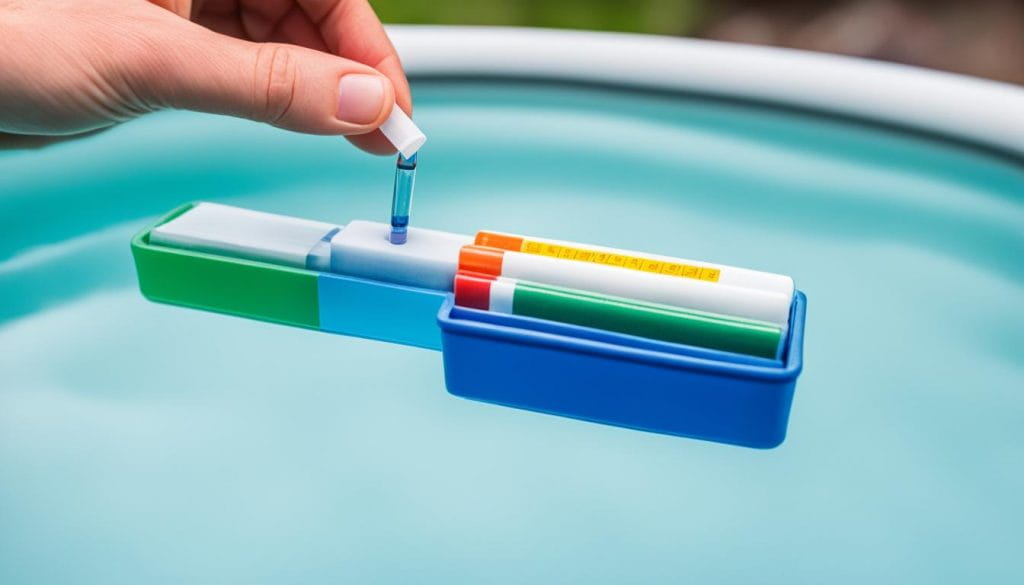
| Parameter | Ideal Range | Notes |
|---|---|---|
| pH Level | 7.4 - 7.6 | Crucial for bather comfort and effectiveness of sanitizers. |
| Sanitizer | Varies by type | Chlorine or bromine levels must be maintained to prevent contamination. |
| Total Alkalinity | 80 - 120 ppm | A buffer for pH stability. |
Filter Cleaning and Replacement Techniques
Filters catch dirt, keeping your hot tub water clean. It's important to clean filters often to avoid blockages. Use special filter cleaner to remove oil and grease, then rinse well. Filters need changing over time. Plan to change your spa filter every 12-24 months, depending on how much you use it. A clean filter means clearer water and less pressure on your hot tub's systems.
- Inspect and rinse filters weekly.
- Chemically clean filters every 2-3 months.
- Replace filters annually or bi-annually.
The Significance of Regular Spa Cartridge Filter Maintenance
Understanding the importance of filter maintenance is vital for a great spa experience. The spa cartridge filter stops impurities, catching debris that could harm water quality and how well your hot tub works. Regular spa cartridge filter maintenance extends your filter's life and keeps the water clean and welcoming.
Here are the key steps for looking after your spa's cartridge filter. These prevent problems from ignoring this important part:
- Switch off your hot tub and remove the filter cartridge.
- Rinse the filter with a hose to dislodge loose debris.
- Soak the filter in a specialised cleaning solution to break down oils and scale.
- Rinse the filter again thoroughly with clean water.
- Allow it to dry completely before reinserting it into the spa.
- Keep a spare filter on hand to use while the other is being cleaned.
This table shows why the steps above are crucial:
| Maintenance Frequency | Benefits | Potential Risks of Neglect |
|---|---|---|
| Regular (Every 1-2 months) | Optimal water clarity, Extended filter life, Improved hot tub performance | Reduced efficiency leading to murky water |
| Occasional (Every 3-6 months) | Some maintenance benefits retained | Heightened risk of filter malfunction, Reduced water quality |
| Rare (Once a year or less) | Minimal maintenance benefits | Compromised water quality, Possible damage to hot tub mechanisms, Increased costs for repairs and replacements |
Putting time into spa cartridge filter maintenance pays off in big ways. The importance of filter maintenance is huge; it keeps your spa experience high quality. Clean filters mean a spa that's ready for you to enjoy anytime.
Environmental Considerations in Hot Tub Maintenance
Choosing environmentally friendly hot tub maintenance is good for the earth and beneficial for owners wanting sustainable relaxation techniques. This section looks at eco-friendly water treatment options and shares tips to reduce environmental impact while enjoying hot tubs.
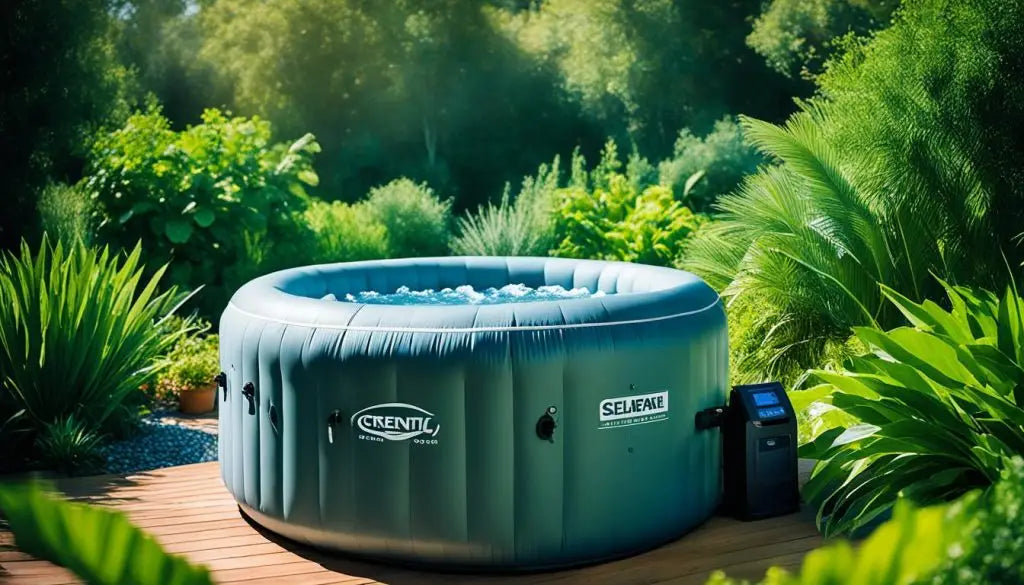
Moving towards greener hot tub care means using fewer chemicals in water treatment. Thanks to new eco-friendly solutions, you can now keep spa water clean without much reliance on harsh chemicals. This helps protect our environment. Here's what you can do:
- Switch to a saltwater system to naturally produce chlorine, lessening the need for extra chemicals.
- Use ozone or UV purifiers to lower the levels of sanitizers needed.
- Try natural enzyme products to break down organic waste, cutting down on chemical use.
To ensure environmentally friendly hot tub maintenance, it's important to save water and energy. Here are some ideas to help:
- Use a quality cover to keep heat in, which means your hot tub needs less energy for heating.
- Set a timer for the heating system to work during cheaper, off-peak hours. This saves on energy costs.
- Always check and fix leaks to stop water from being wasted.
- Follow eco-friendly guidelines when replacing water to keep a balance between water health and saving water.
Making smart choices in hot tub care helps the environment and can also save money on chemicals, water, and energy. So, you can enjoy your luxury hot tub knowing you're using eco-friendly water treatment and helping the planet.
Comprehensive Guide to Cleaning Your Inflatable Hot Tub
To get the most out of your spa, it's crucial to learn how to clean your inflatable hot tub well. It not only helps your hot tub last longer but also keeps it safe and clean for use. In this hot tub cleaning guide, we'll cover both regular and deep cleans. We'll show you how to keep your restful spot in great condition, from weekly upkeep to handling algae.
For your regular cleaning, you need to balance the water, clean filters, and wipe the tub. Here’s a quick list to follow:
- Use water testing strips to check the chemical levels.
- Rinse the filter with a hose, dry it, and put it back.
- Clean the hot tub’s inside with a gentle, non-foamy cleaner and a soft cloth.
Deep cleaning should happen every three to four months or when changing the water. This involves a few more steps:
- Empty the hot tub fully.
- Use a special cleaner for hot tubs to spray and scrub the inside. This removes dirt and calcium.
- Rinse well so no cleaner is left behind.
- Check and clean the filter, jets, and pump system carefully.
- Fill the tub with fresh water and balance the chemicals before using it again.
Regular upkeep is essential for your hot tub's longevity and users' comfort. By following the steps in this cleaning guide, your cleaning inflatable hot tub work will ensure many years of enjoyable spa times without any issues.
Benefits of Regularly Using a Hot Tub Cover
Understanding the hot tub cover benefits is key for hot tub owners. It helps maximise enjoyment and extends the spa's lifespan. The importance of hot tub covers is huge. They play many roles, like boosting energy efficiency and protecting water quality. Let's look at the advantages of using a hot tub cover.
A top benefit of a hot tub cover is keeping the water warm. Without a cover, water temperature can change, making the heater work harder. This increases energy use. A cover acts like a warm blanket, keeping heat in and cutting down on energy needs.
Hot tub covers are also crucial for protection. They keep your spa safe from dirt, leaves, and snow. This means the water stays cleaner. With a cover, your filter works less hard and you use fewer chemicals.
Investing in a high-quality hot tub cover is essential. It keeps your spa clean and makes it last longer.
| Cover Feature | Benefit | Impact |
|---|---|---|
| Thermal Insulation | Preserves Heat | Reduces Heating Costs |
| Debris Protection | Keeps the Water Clean | Minimises Cleaning Time |
| Water Evaporation Prevention | Conserves Water | Reduces Water Refill Frequency |
| Safety | Prevents Accidental Falls | Enhances Security |
Hot tub covers are vital for safety too. They prevent children and pets from accidentally falling in. This gives you peace of mind.
The hot tub cover benefits are clear. They protect water quality, save energy, and let you enjoy your hot tub longer. A hot tub cover isn't just nice to have, it's necessary for keeping your spa in top shape.
Best Practices for Inflatable Spa Water Care
To keep your spa experience clean and safe, it's crucial to look after the water. Ensuring the water is well cared for is essential, not just for comfort but also for health. It's key to check the chlorine levels often, which should be between 3-10 ppm, and the bromine levels, which are best kept at 4-8 ppm.
It's also important to keep an eye on the pH level of your water. The ideal scale is between 7.2 and 7.8. This helps make sure your pool chemicals work well and keeps users comfortable. Experts suggest testing the water's pH and disinfectant levels twice a day, even more when the spa is in use often. Don't let the water get hotter than 104°F (40°C) for safety. You can read more on safe water practices at operating public hot tubs.
Make sure to change the water regularly, from once a week to once a month, based on how much you use it. Doing this helps avoid any build-up of nasties in the water. Using biocides as needed will also ensure the water stays clean and inviting. And always follow safety tips, like keeping children under five out and advising pregnant women to check with a doctor before using the spa, especially in early pregnancy. With these tips, you can enjoy a clean and safe hot tub experience.
FAQ
Q: What are some tips for maintaining water quality in an inflatable hot tub?
A: To keep your inflatable hot tub in top shape, regularly test and clean the water. Also, clean the tub and filters well. Make sure you balance the pH levels and manage the alkalinity.
Q: How should I clean my inflatable hot tub?
A: For normal cleaning, use a gentle cleaner with a soft cloth. For a deeper clean, drain the tub first. Then scrub the surfaces with a cleaner and rinse well. Avoid harsh chemicals or rough cleaning tools.
Q: What is the ideal temperature for an inflatable hot tub?
A: Set your inflatable hot tub between 100°F (38°C) and 104°F (40°C). This keeps the water clear and comfy for users.
Q: What is the difference between chlorine and bromine sanitizers?
A: Chlorine and bromine are great for cleaning your hot tub. Chlorine fights bacteria and algae. Bromine is stable and good at higher pH levels.
Q: How often should I test the water in my hot tub?
A: Test your hot tub water at least weekly. If you use it a lot or notice issues like cloudiness or odours, test it more often.
Q: How do I maintain the filter in my inflatable hot tub?
A: Clean your hot tub filter regularly by rinsing off dirt and soaking it in cleaner. Replace it every 3-6 months, depending on how much you use the tub.
Q: How can I prevent water issues in my inflatable hot tub?
A: To avoid water problems, keep the water balanced and well-sanitized. Clean the tub and filters often. Also, make sure the water circulates and filters properly.
Q: How can I save energy and water when using my hot tub?
A: Use a cover on your hot tub when it's not in use to keep the heat in and stop water from evaporating. Also, don't overfill it, and run it only when needed.
Q: What are the benefits of using a hot tub cover?
A: A hot tub cover keeps the water warm, saves energy, and stops debris from getting in. It also makes the water clearer by keeping out sunlight, which can cause algae to grow.
Q: What are the best practices for maintaining water quality in an inflatable hot tub?
A: The best way to maintain water quality is to test the water regularly and keep it sanitized. Clean the tub and filters well. Also, use proper water treatment and balancing methods.


